
What is ERAS®?
ERAS® stands for
Enhanced Recovery After Surgery.
Implemented in Singapore at Tan Tock Seng Hospital in 2016, ERAS® is a surgical care program that improves recovery through an evidence-based, multidisciplinary approach.
ERAS® aims to reduce stress on the body from surgery and to maintain reserves. This is done through strategies before, during and after surgery.
ERAS® Goals
ERAS® guidelines are in place to standardise care to achieve better outcomes.
Aims of ERAS for patients
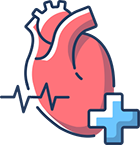 |
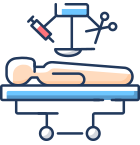 |
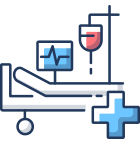 |
 |
Faster functional recovery |
Decrease post-surgical complications |
Decrease hospital length of stay |
Decrease in readmission rates |
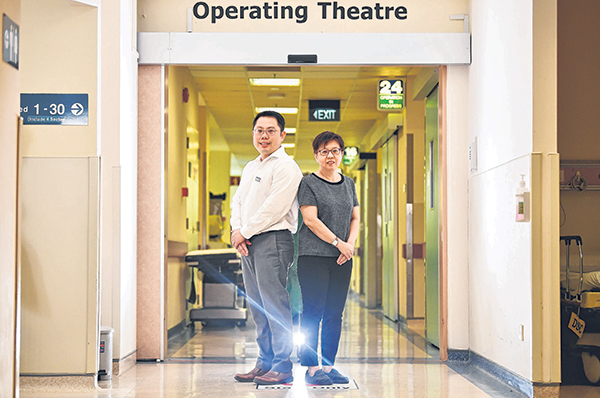 TTSH programme helps speed up post-op recovery.
Read more.
TTSH programme helps speed up post-op recovery.
Read more.
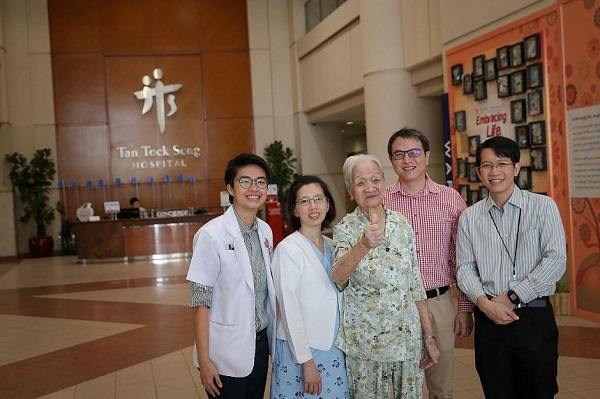 New system offers better outcomes after surgery.
Read more.
New system offers better outcomes after surgery.
Read more.
Key ERAS® Strategies
Immediately after surgery, patient’s function declines. Hence with the ERAS® strategies introduced, physiological reserves prior to surgery are increased by measures such as nutrition and exercise. The impact of surgery is also mitigated.
ERAS® interventions during patient's perioperative journey include:
Before Surgery

- Empowerment of patient through education
- Pre-operative optimisation of medical conditions, nutrition and muscle strength

- Up-to-date anaesthesia and surgical practices
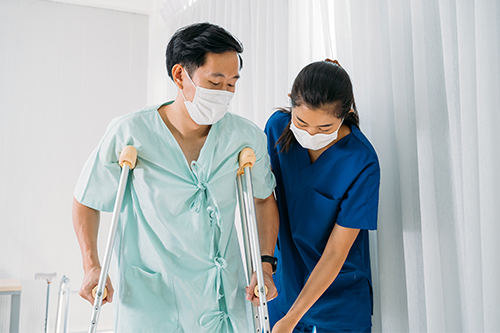
- Optimisation of nutrition
- Early mobilisation and rehabilitation
- Optimisation of pain control
ERAS® Patient’s Journey
The journey begins when surgery has been decided at the clinic. The team provides support through education, allaying anxiety and encouraging patients in proactively preparing for surgery.
Workflow for patients under the TTSH ERAS® Programme

1. Listing for Surgery
- Identification for ERAS® programme
- Screening Questionnaire for further dietician and Physiotherapist evaluation
- Selective prescription of bowel preparation
- Prescription of immuno-nutrition and carbohydrate loading

2. Prior to Surgery
- Pre-operative ERAS® Nurse consultation
- Dietician and Physiotherapist consultation for selected individuals

3. Day of Surgery
- Minimal invasive surgical
techniques where applicable - Use of patient warming devices and warm intra veneous fluids to prevent hyphothermia
- Balanced intravenous fluid regime to maintain optimum hydration
- Analgesia strategies involving multiple modalities to minimise opiods. This may include injections of local anaesthetics, oral and intravenous medications

4. After Surgery
- Resumption of oral intake as soon as possible
- Early mobilisation progressively from sitting out of bed to walking
- Provision of a supportive and encouraging environment for optimal recovery
5. After Discharge
- Follow-up with patient through telephone and clinic visit
- Obtain patient-reported outcomes and experience
Preparation Before Surgery
Patients play an important role in preparing before surgery.
Lifestyle Modifications
Stop smoking and alcohol consumption
Smoking and alcohol consumption can increase the risk of post-operative complications.
Stop smoking and alcohol intake at least two weeks before your surgery.
Well-balanced diet
Your body needs to be in optimal condition to recover from a major surgery.
You may be prescribed supplemental nutrition drinks by your doctor to be taken several days leading up to your surgey.
Maintain Active Lifestyle
Condition your body by exercising regularly. If you are not doing so, start by introducing simple exercises into your daily routine.
Simple exercises like a 30 minute walk is better than being physically inactive. Staying fit helps your body recover faster from the stress of surgery.
Deep Breathing Exercises with Spirometer
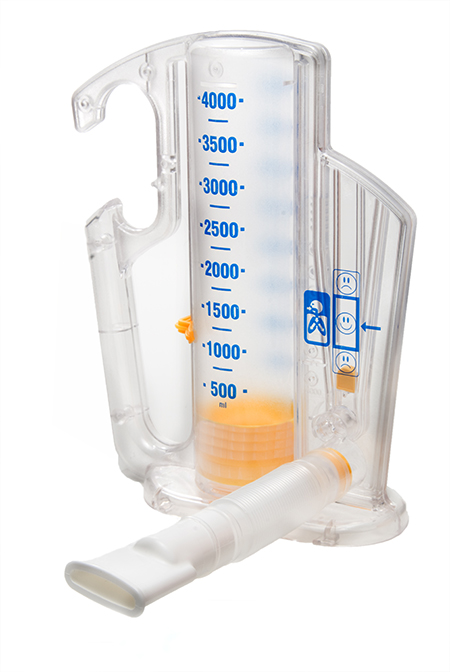
Sometimes, patients may be prescribed with a simple breathing exercise tool called the Incentive Spirometer (image, right). Use it when performing deep breathing exercises.
- Sit upright in bed or on a chair
- Hold the Incentive Spirometer in an upright position.
Breathe out normally, then do the following:
- Put the mouthpiece in your mouth and close your lips tightly around it.
- Inhale slowly through your mouth as deeply as you can. The yellow piston will rise inside the large column on the left.
- As the piston rises, the indicator on the right should move upwards.
- Aim to keep this indicator within the “smiley face” for up to three seconds.
- Breathe out gradually.
The ERAS® Team
Collaboration among the multiple disciplines working towards the common goal of patient-centred care is essential in ERAS®. This is vastly different from conventional care carried out by segregated groups in the past.
The ERAS® team includes committed staff from the departments of
Anaesthesia, Dietetics, Nursing, Operations, Physiotherapy and
Surgery working together to see you through the entire journey.
The ERAS® Journey
In 2016, ERAS® was piloted for Colorectal Surgery patients and the outcomes of the study showed positive results. This led to 2018 ERAS® principles being adopted by Pancreatic Surgery and Upper GI and in 2019, by Breast Reconstruction, Head and Neck Surgery as well as for Total Knee Replacement.
2018
- Pancreas and Liver Surgery
- Upper Gastrointestinal Surgery
- Urology
2019
- Breast Reconstruction
- Head and Neck Surgery
- Total Knee Replacement